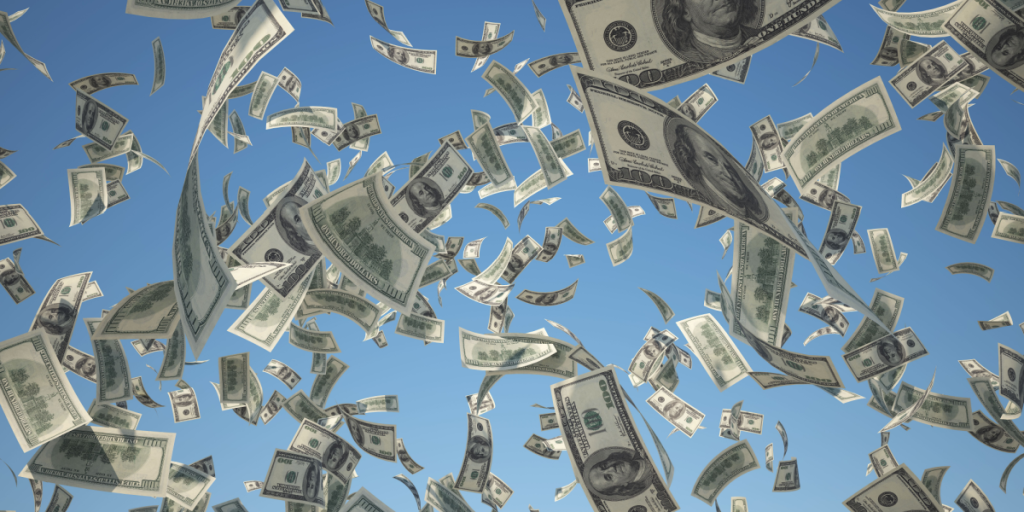Donald Trump has repeatedly promoted his plan to send $2,000 payments to most American families next year, describing them as dividends generated by new tariffs.
Others are reading now
But analysts and officials say several major obstacles stand in the way of those payments ever materialising.
1. Questions over revenue
The proposal hinges on tariff income, which Trump has claimed will provide enough money to fund broad payouts. In a post on Truth Social, he wrote:
“People that are against Tariffs are FOOLS!… A dividend of at least $2000 a person (not including high income people!) will be paid to everyone.”
Treasury Secretary Scott Bessent later clarified that the payments would apply only to those earning under $100,000.
But even with that limitation, experts doubt the sums add up.
Also read
According to figures cited by the Tax Foundation, tariff revenue is forecast at $158.4 billion this year and $207.5 billion in 2026.
Their modelling suggested that a national dividend would exceed those totals by a wide margin.
One scenario estimated the annual cost of such payments at between $279.8 billion and $606.8 billion, even if restricted to tax filers and spouses.
2. Political roadblocks in Congress
Even if tariffs generated enough money, Congress would need to approve the plan. Budget concerns could make that approval unlikely.
Scott Lincicome of the Cato Institute told CNN:
Also read
“I find it extremely implausible that Republican budget hawks are just going to be OK with blowing another $300 billion to $600 billion.”
The US national debt recently climbed past $38 trillion, intensifying fiscal disputes. Some Republican lawmakers have already cast doubt on the idea.
“It’ll never pass. We have a $37 trillion debt,” Senator Bernie Moreno said, according to Business Insider.
3. Economic consequences
Economists warn that widespread rebate checks could generate new price pressures if spending surges without a matching rise in production.
That dynamic contributed to inflation after the 2021 stimulus payments under President Joe Biden.
Also read
If most of the money is spent on US-made goods, higher demand could push suppliers to raise prices.
That cycle risks eroding purchasing power and undermining the initial benefit of the payments.
4. Legal uncertainties at the Supreme Court
A further complication lies in the legal basis for Trump’s “reciprocal tariffs,” introduced under the International Emergency Economic Powers Act.
Some analysts believe the Supreme Court may ultimately determine the scope of that authority.
Erica York of the Tax Foundation told CNN: “If the Supreme Court says the bulk of the tariffs are illegal, that could throw a wrench in the tariff rebate plan.”
Also read
A ruling against the tariff structure could remove the revenue stream needed to fund the payouts.


